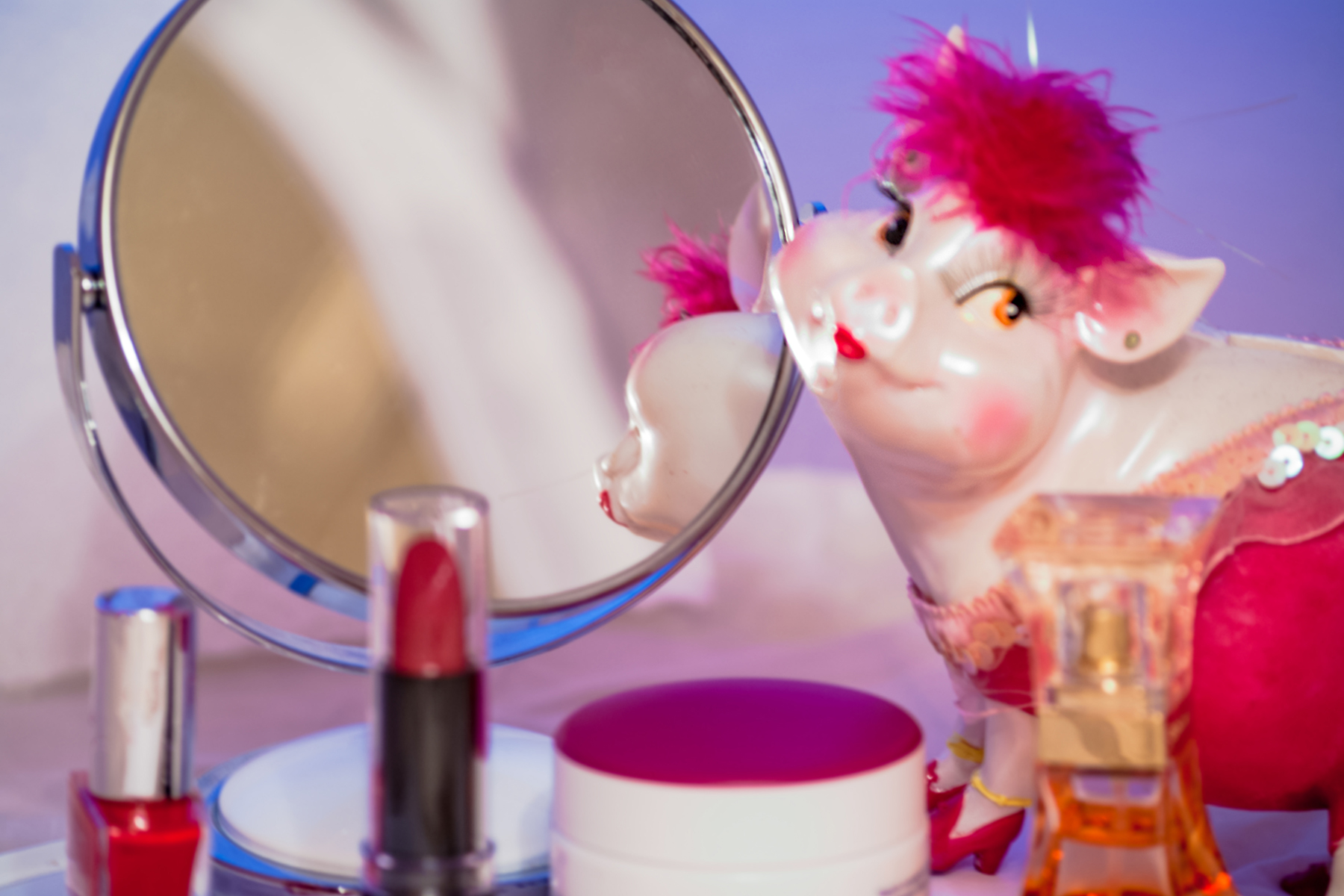There are two acronyms that you should know about. EB and RM. One is a brand function, one is a marketing function. The two are intrinsically linked, yet fundamentally, they are very different.
We’re talking about ‘employer brand’ and ‘recruitment marketing’.
In this piece, we’ll be focusing on the importance of a strong and sincere employer brand, but we’ll also touch on other aspects too, such as recruitment marketing and employee value proposition (EVP – another acronym).
What employer brand isn’t
It’s not uncommon for people to assume that recruitment marketing and employer brand are one and the same.
For the sake of simplicity, let’s say that employer brand is your company’s reputation as an employer. Recruitment marketing is the way in which a company may utilise various marketing methods and channels to showcase the employer brand, and ultimately attract new employees. Or as they say in the biz: talent, darling.
The overall employer brand strategy will inform the marketing team how and where to market the business, from channels as big and exciting as billboards, down to the nitty gritty such as how the job spec is written.
If this all works well and you start seeing applications arriving, congratulations, you’ve mastered inbound recruiting (IR).

What employer brand is
We’ll skip the basics and share with you the ‘big four’ employer brand questions that you should be asking yourselves:
- What is it that makes you such a good employer in the first place?
- And why would your candidate want to work for you?
- What kind of roles are you looking to fill in the short and long term?
- What does your ideal candidate look like?
These questions feed off the employer value proposition, which is made up of five areas. These can differ depending on which research or studies you refer to, so we’ll share the set most relevant to 2021 and beyond:
- Compensation
How do you stack up in terms of salary? What opportunities are there for pay rises and promotions? How do you evaluate or review your permanent staff? - Benefits
What do you offer to employees as part of your standard package? This is things like holidays, insurance, pension scheme, child care and compassionate leave. - Career
This differs a little from what we listed in ‘Compensation’. It’s more about training, progression and development throughout an employee’s career rather than a specific focus on pay and promotions. - Work environment
In the day-to-day, how do you recognise excellence, promote a fair work/life balance and make employee’s roles and responsibilities clear? - Culture
This is a more inclusive approach to work. How are employees made to feel part of the company’s goals and aspirations? How are they trusted and supported? What does it feel like to work at your company?
To avoid confusion, think of employer brand as the all encompassing overview, whereas EVP is the direct set of values and benefits that you offer your employees. It is also a key driver in keeping employees, as well as hiring.

Who’s looking for employer brand?
In short, everyone. Whether they know it nor not. People are driven by different motivators when looking for a job. For some it may be salary, for others, a fun and inclusive culture. And no matter how focused they may think they are on these individual elements, they will subconsciously notice many other elements along the way too.
From the way the hiring manager speaks to the candidate, to the structure and language of the job description. Even the layout and design of the office through to how they feel when they visit. If an employer is being interviewed remotely, what does the process look and feel like for them? Are they left waiting in a Zoom room for an unacceptable amount of time? Are they even given enough of an opportunity to get a feel for the role, or are the hiring managers cold and standoffish?
This all matters.
75% of candidates research a company’s reputation (and employer brand) before showing interest in a role.
And on the flip side:
83% of companies see employer brand as playing a significant role in their ability to hire.
With the rise of platforms like Glassdoor, where companies can be rated not only by employees past and present, but even interviewing candidates too, there is nowhere for bad brands to hide. 68% of candidates would simply not join a company with a bad reputation, even if they did not have a job at the time.

How employer brand and brand identity go hand-in-hand
There’s no confusing graph here, no mind-boggling stats or bold industry quote. It’s really quite simple. Brand is everything.
Employer brand is not an add-on or an afterthought. It’s essential to the growth of a business and therefore should be ever-present when talking about brand or marketing. We feel that consistency is key when it comes to branding, and, you guessed it, honesty too. What good is a beautiful website, cool office and gushing testimonials when your onboarding process sucks and your Glassdoor rating is three stars?
Create a workplace culture that becomes part of your reputation
Brilliant businesses let their culture speak for itself. It is neither forced nor fabricated. It is simply a product of the positive working environment created by the employer, and in-turn, the employee. A good workplace culture promotes autonomy, inclusivity and wellness. But a good workplace culture is not a strive for perfection.
Work is, at times, difficult, and not everyone can and will get along at all times. So when situations inevitably do arise, an effective workplace culture will be an environment in which staff feel that they can be open and honest, and have a safe space to speak up and use their voice. And of course, a good employer will respond accordingly and appropriately.
Start by thinking about what kind of company you would like to work for, and then create a culture that supports it. The brand will follow. The brand is your culture, and your culture your brand.
Wellness in the workplace shouldn’t be a hard sell, but if you’re the one in charge of the numbers and are finding this all a bit outside of your comfort zone, let’s put it in more tangible terms for you: a great culture saves cash, and lots of it. High staff turnover, whilst absolutely dreadful for your employer brand, isn’t too good for your P&L either. A strong culture attracts and keeps talent, and works wonders for keeping recruitment spend down.
But if that’s your primary motivator, you probably won’t have made it this far down the page anyway!

Be brave, be bold
Those are the first four words you’ll see when you visit our website. It applies to everything we do, employer brand especially so. Be brave in your offering to your employees. Don’t settle for the ‘standard’. Build a company culture that is not like the rest. Be bold. Offer your employees benefits that go above and beyond.
But we’ll also add a third here. Be Proud. Proud of your company – not as a manufacturer, an agency, a business, or a service. But as an employer. After all, what is a business without its people?
2022 and beyond
Next year is a great time to revisit your employer brand and EVP. If you’re still running the same employer brand and EVP as you were in 2019, you should seriously consider revisiting it. We don’t need to tell you how much the world has changed in the last two years.
The momentous shift into hybrid and remote working was triggered by the pandemic, but was the momentum continued by millions of employees around the world ready for a new way of working.
Despite many offices and coworking spaces going back to the way things were, there is a new expectation from employees, and an employer brand should reflect that. Whichever way you look at or feel about remote working, this is a progressive shift and one that companies will need to embrace to continue to hire the best talent.

Now is the time
If employer brand is something you’ve been thinking about for some time, or perhaps your old strategy needs resurfacing and entirely redesigning, then now is a great time to do so. We are at an inflection point where employees are voting with their feet more than ever, and as the technology industry touts the metaverse as the next big thing, we are approaching newfound levels of personal freedom that dusty old brands may struggle to keep up with.
So what are you waiting for? Brush up on the acronyms, start thinking about your employees past, present and future, and ask yourself “What kind of brand would I like to work for?”
back to all news or you may also be interested in the news below:
TWEET OR TWO
To ensure you stay in the loop and receive our news, updates and general musings hot off the press, follow us on Twitter now. We promise not to bombard you!




